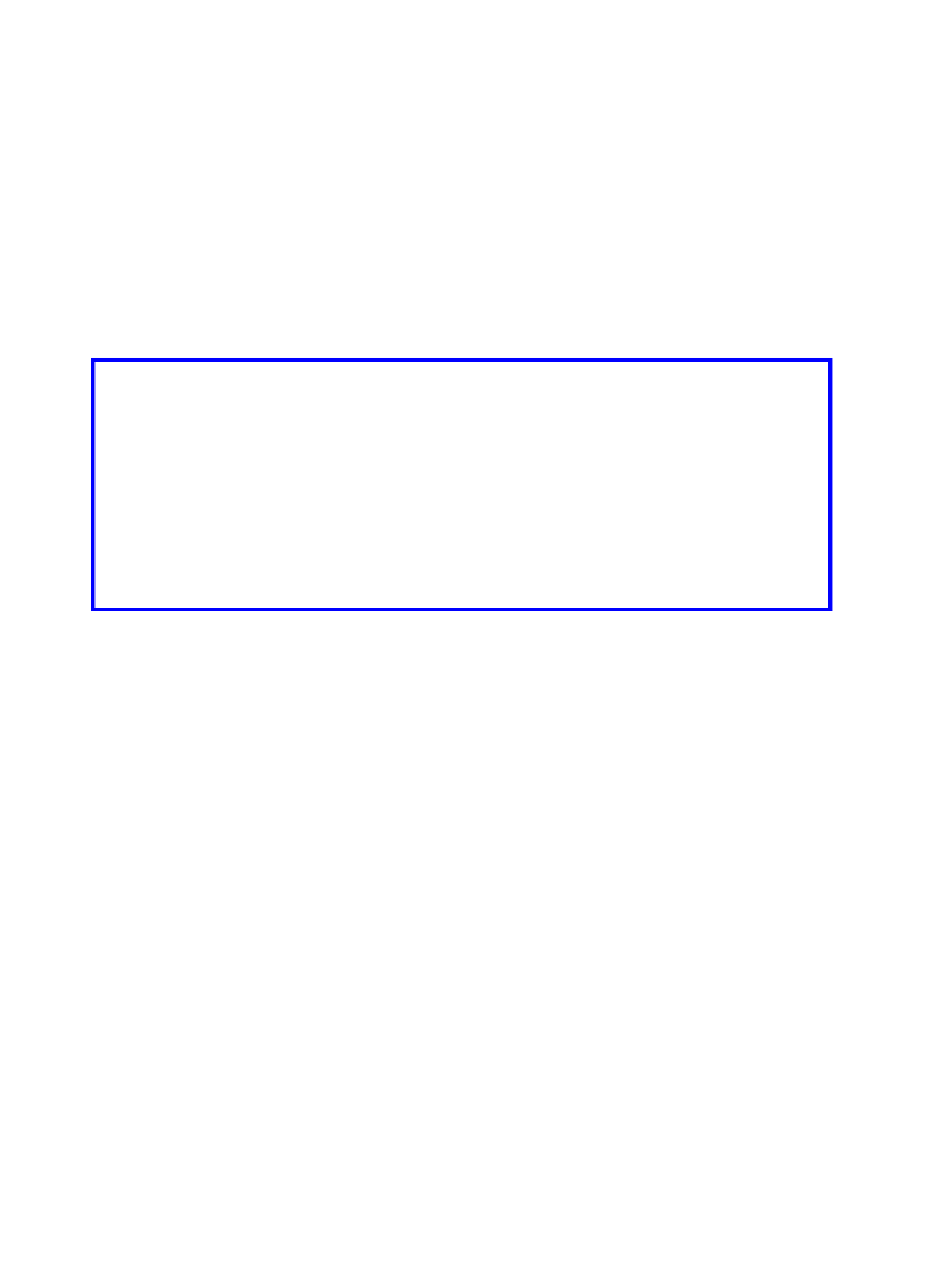Biomedical Engineering Reference
In-Depth Information
cubic lattice was revealed with
a
= 26.8 nm, and the space group
Pm3n
. A different
colloidal crystals phase was found for the volume-fraction range 4.0 × 10
-4
≤ f ≤ 6.5
× 10
-4
and successfully indexed as an FCC structure with
a
= 39.6 nm (
Fd3m
), differ-
ent from one found previous (
Figure 3(B)
and (C)). According to chemical analyses,
colloidal dispersions and the colloidal crystals contained added molecules; however,
in different molar ratios as identified by MALDI-TOF-MS, and ion-spray-MS. The
dispersions containing these molecules shown in
Figure 1 (B)
and (C) tested in an
in
vitro
assay were the most potent ones. A significant reduction in endotoxicity and the
induction of TNF was observed in the presence or absence of g-interferon in the mu-
rine bone marrow macrophage assay
(Table 1)
.
These molecules also acted strongly on
the main inflammatory cytokines.
Figure 4.
(A)
Light scattering (LS) profiles
of intensity I(Q) versus. Q ((
l
= 637.8 nm) for the liquid
phase of the aqueous lipid A-diphosphate dispersions (dark crosses). The crosses with the red
solid line represent the scattering profile of an equimolar mixture of lipid A-diphosphate and the
antagonistic molecule depicted in Figure 1(B) as well as lipid A-diphosphate. The two dispersions
are at
f
= 3.5 x 10
-4
, I = 0.5 mM NaCl. The profiles conform to a polydispersity of
s
= 5.2%
and R = 35 nm. The arrows show the positions of the first, second, and third minima in the RGD
approximation.
Inset
: Colloidal crystals observed on SEM images, bar = 1
µ
m, (B) Experimental X-ray
powder diffraction profiles of the
Pm3n
cubic phase with
a
= 26.5 nm (see text); (
¾
) corresponds to
the effective colloidal structure factor, S
eff
(Q), calculated from the scattered light intensities revealing
a strong (200) peak. The ionic strength was 0.154 M NaCl (0.9 w/w%), and (
C)
An experimental
X-ray powder diffraction profiles of the FCC phase with
a
= 39.6 nm with a possibly space group of
Fd3m
. The solid-red line (
¾
) represents S
eff
(Q) the (222) peak at of 0.154 M NaCl.
Inset:
A TEM image
of the assembly and bar = 10 nm.
Sharp peaks were recorded from SAXS experiments on lipid A-diphosphate at a
volume fraction f = 5.0 × 10
-4
with an ionic strength I = 0.5 mM NaCl, indicating the
presence of long-range order (
Figure 2(B))
.
It was possible to assign virtually all of the peaks to the reflections of an FCC lat-
tice (
h
2
+
k
2
+
l
2
: 3, 8, 11, 12, and 16) as indicated in Figure 2, with
a
= 57.5 nm, corre-
sponding to the space group
Fd3m
. The systematically absent reflections were the
h
+
k
,
k
+l and
h
+
l
≠
2n
, for the general reflections (
hkl
) and
k
+
l
≠ 4
n
for the
(0kl)
zone.
The absence of these reflections reinforced the argument that the lattice type was face-
centered cubic, therefore, two space groups were possible, namely
Fd3
and
Fd3m
. The
two space groups were also centrosymmetric and belong to the Laue classes
m3
and
m3m
.
Note:
Fd3m
corresponds to special positions of
Fd3
.The observed and calculat-
ed
hkl
sets of Bragg reflections were consistent with a combination of different sites in


Search WWH ::

Custom Search